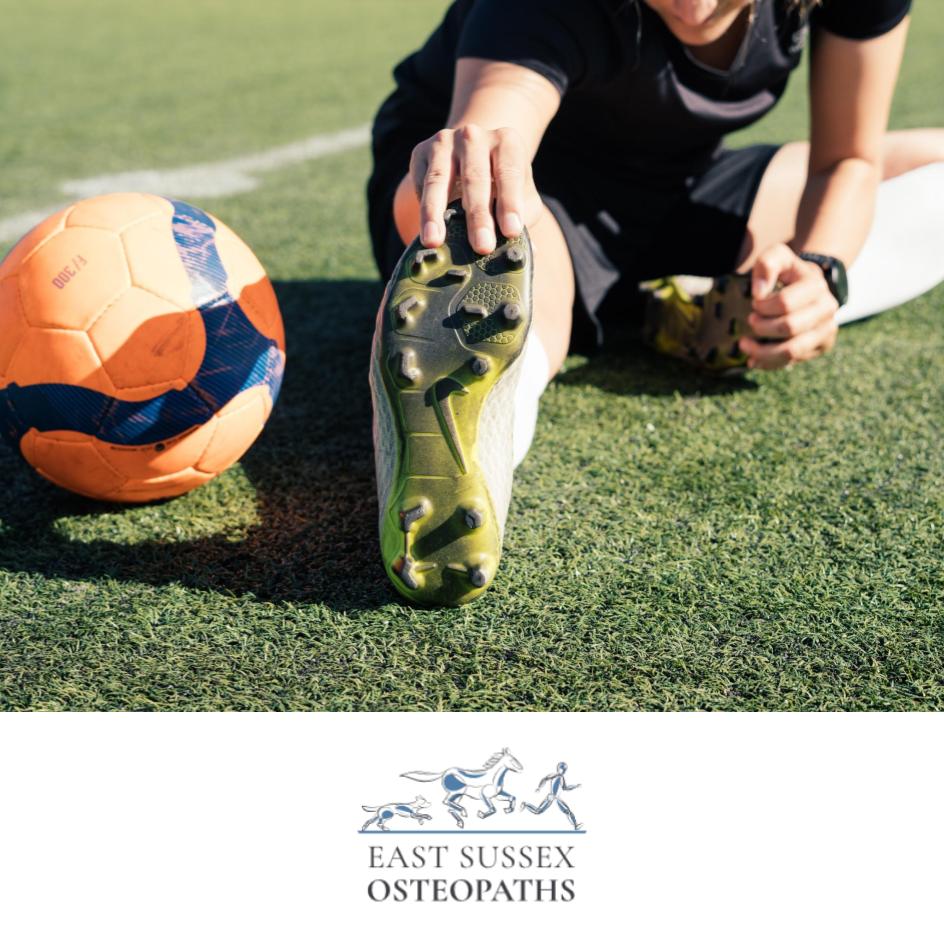
Musculoskeletal pain explained
Musculoskeletal injuries affect the body’s movement and musculoskeletal system. This includes the bones, muscles, cartilage, tendons and ligaments as well as other connective tissues. Sprains, dislocations, fractures, falls, car accidents and direct blows to muscle make up the most likely causes of musculoskeletal pain.
Pain within the musculoskeletal system can be varied and is sometimes hard to pinpoint. Injuries, although the most common cause, aren’t always to blame. It can also originate from overuse or poor posture linked to our daily working conditions. Lower back pain is the most common form of musculoskeletal pain diagnosed in today’s Western Society.
There are more than 150 musculoskeletal disorders that affect the body in different ways, including osteoporosis, arthritis and gout to just name a few.
Other examples of musculoskeletal pain include:
- Muscle pain due to injury, cramp, loss of blood flow, an autoimmune reaction or infection
- Bone pain from a fracture, infection, tumour or hormone disorder
- Tendon and ligament pain from a sprain/strain or inflammation from tendonitis
- Joint pain from arthritis
- Fibromyalgia, which causes pain in muscles, tendons, ligaments and joints throughout the body
- Nerve pain from disorders which put pressure on nerves, such as carpal tunnel syndrome
Symptoms and pain can range from mild discomfort to severely affecting your daily life.
- Bone pain can feel like a deep, dull ache and is often referred to as more ‘uncomfortable’ than muscle or tendon pain.
- Muscle pain is said to be less intense but can still be debilitating. It can also include spasms and cramp.
- Tendon and ligament pain may feel sharp and is most likely caused by an injury, usually improving with rest and worsened by stretching.
- Joint pain may be accompanied by swelling around the affected area and can feel achy and still, worsening with movement.
- Nerve compression pain has more of a tingling, pins and needles or burning sensation.
- Symptoms may also include stiffness, fatigue, swelling, heat, redness, weakness, difficulty sleeping, bruising, cracking or popping in the joint, trouble moving the affected area.
Diagnosis from a medical professional will pinpoint the specific location of the pain. Sometimes pain can also be felt in a different part of the body to the injured area, this is known as referred pain.
Treatment and recovery times for musculoskeletal injuries may vary depending on the severity and location of damage. Your osteopath can help to aid the body’s natural healing abilities and bring balance back to the body through structural osteopathic treatments.
Home exercises are given alongside your Osteopath treatment to continue to work into the areas of your body that need attention.
When exercising, make time to warm up and cool down. Always listen to your body to move within your capacity. A healthy diet with regular exercise will keep muscles, bones and joints strong and in good stead to avoid injuries. It will also reduce the risk of developing a musculoskeletal disorder in the future.
Always consult your Osteopath or GP If you have pain that is severe or prolonged.
